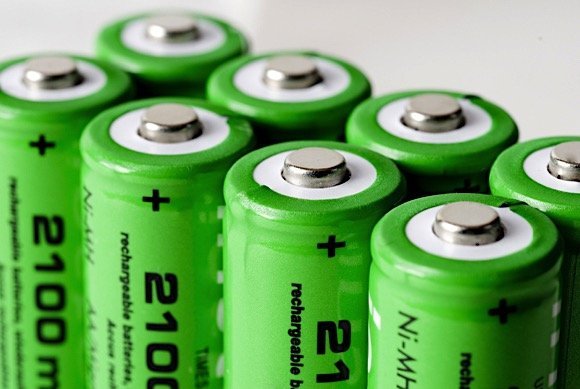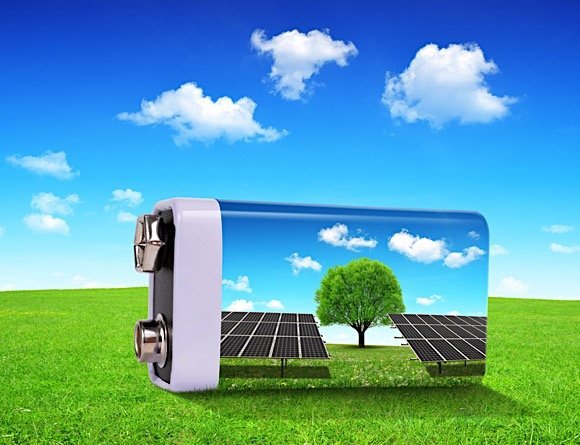
A recent study explored the use of tree bark tannins as battery cathode materials. Researchers from Northeastern University in Boston set out to determine the ability of tannins to serve as an inexpensive and sustainable material, noting the abundance of tannins in nature as well as their high levels of phenol as main factors in the decision to study them and their uses.
The researchers recorded their findings in a paper titled Heavy Metal-Free Tannin from Bark for Sustainable Energy Storage, which they published in a recent issue of Nano Letters. “A novel renewable cathode made from earth abundant, low-cost materials can contribute to the intermittent storage needs of renewable energy-based society,” read the paper. “Our approach exploits the charge storage mechanism of the redox active quinone moiety.”
Tree bark tannins, which the researchers extracted using environmentally-friendly solvents, have the highest phenol content among all natural phenolic biopolymers. The high phenol level of tannins, coupled with their abundance, make them a prime source of inexpensive, sustainable energy.

Previously, research had shown other plant-based materials to be potential sources of energy as well. Biopolymers such as lignin have been the subject of numerous studies. Lignin is widely available as well, as it is found in plant cells. However, its high molecular weight and low phenol content hinder its performance. Tannins, on the other hand, have a much lower molecular weight and perform much better.
“The greatest benefit of using a renewable polymer tannin is that nature produces a huge amount of tannin, which can be extracted from underused bark with minimal cost and efforts,” said lead researcher Hongli Zhu. “The redox-active phenolic hydroxyl groups of tannins are more than 5,000 times higher than lignin, which was previously considered to be the most promising biopolymer for electrochemical energy storage. Due to tannin’s significant low molecular weight and extremely high phenolic hydroxyl content, the interpenetrating network of tannins and polypyrrole shows an outstanding electrochemical performance. We think tannin is the new champion of naturally occurring redox-active biopolymers.”

In addition to providing cheap and sustainable energy, tannins also solve a few standing problems with traditional energy storage systems. Among these are the shortage of metal materials and the high cost of material synthesis. The aligned channels in the cellular structure of tannins also contribute to their overall performance. Trees absorb water and nutrients through these channels. Similarly, these channels are utilized as a means for transporting electrons and ions into the battery.
Further research will focus on improving the performance of these batteries going forward. “The charge storage capacity of tannin is high,” said Zhu. “However, the intrinsically high aqueous solubility of tannin led to the loss of effective material, causing capacity fade over time. Therefore, we are trying to chemically modify tannin to secure a stable and safe performance in a harsh environment.”

Sources:
































